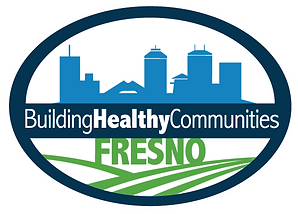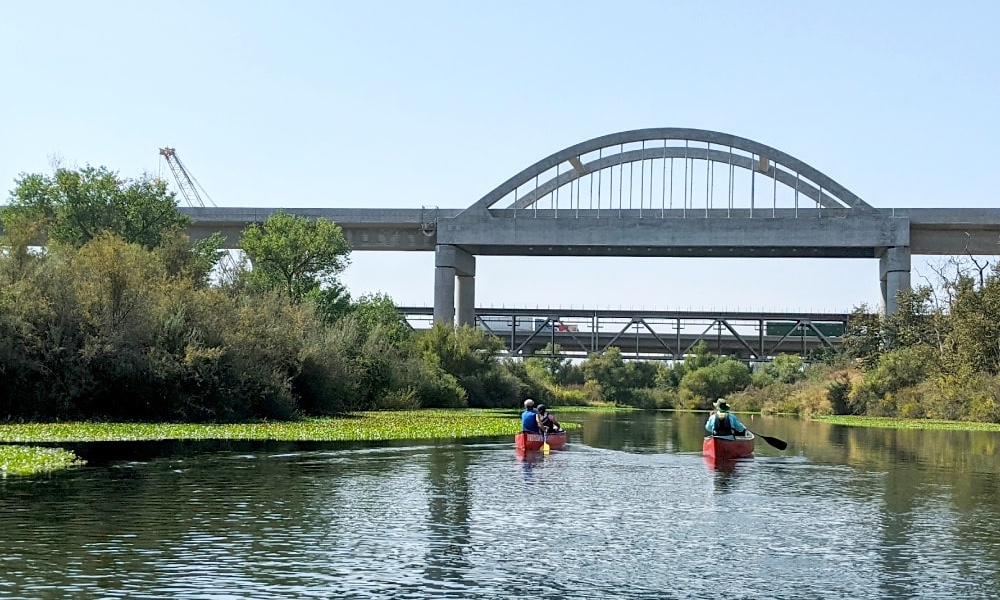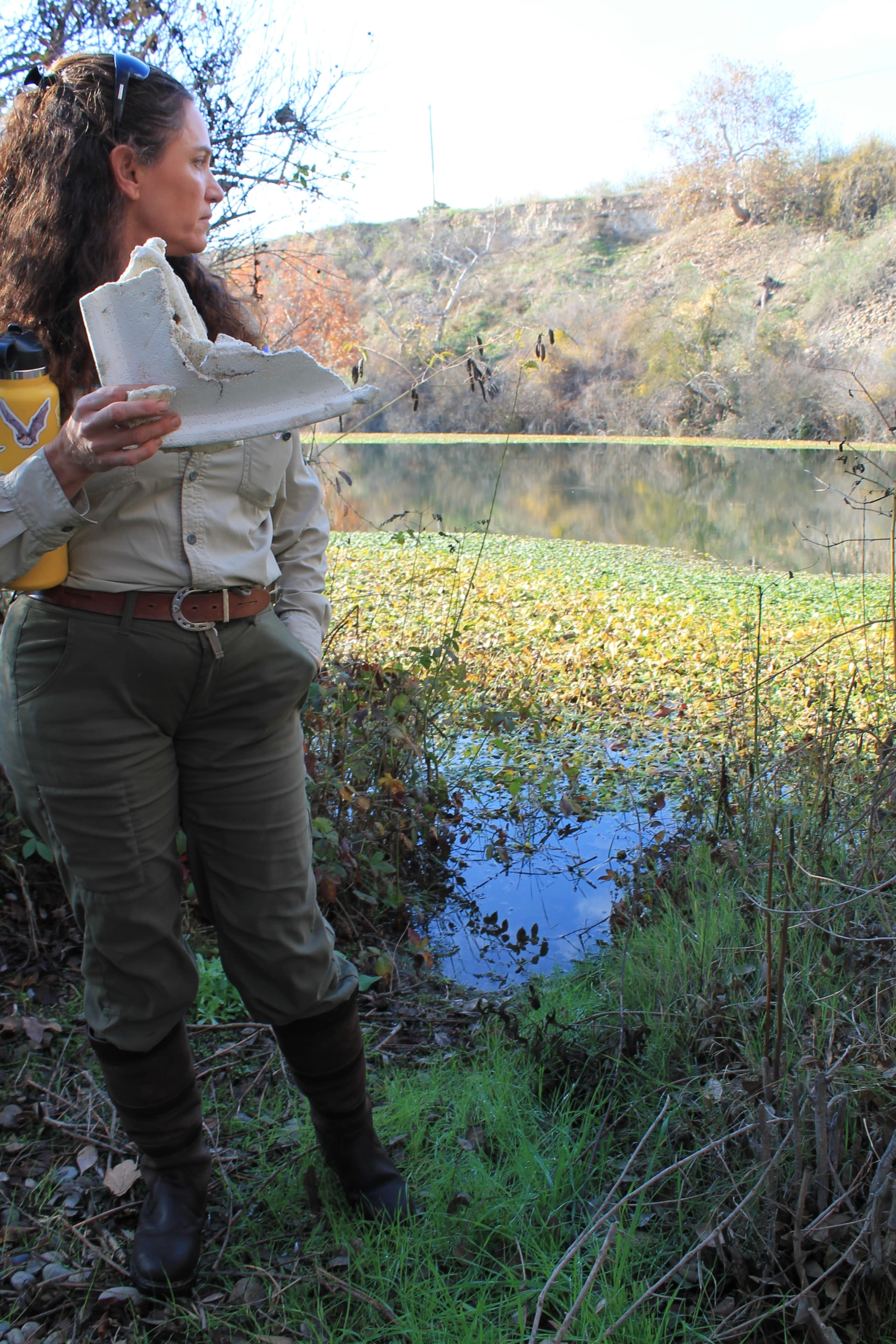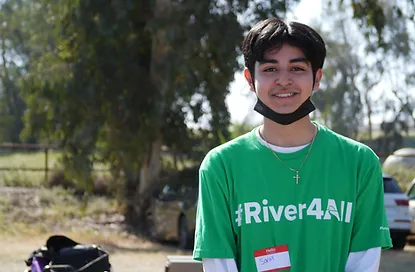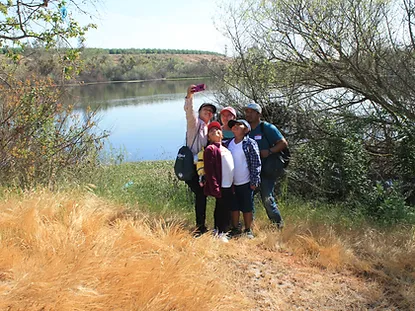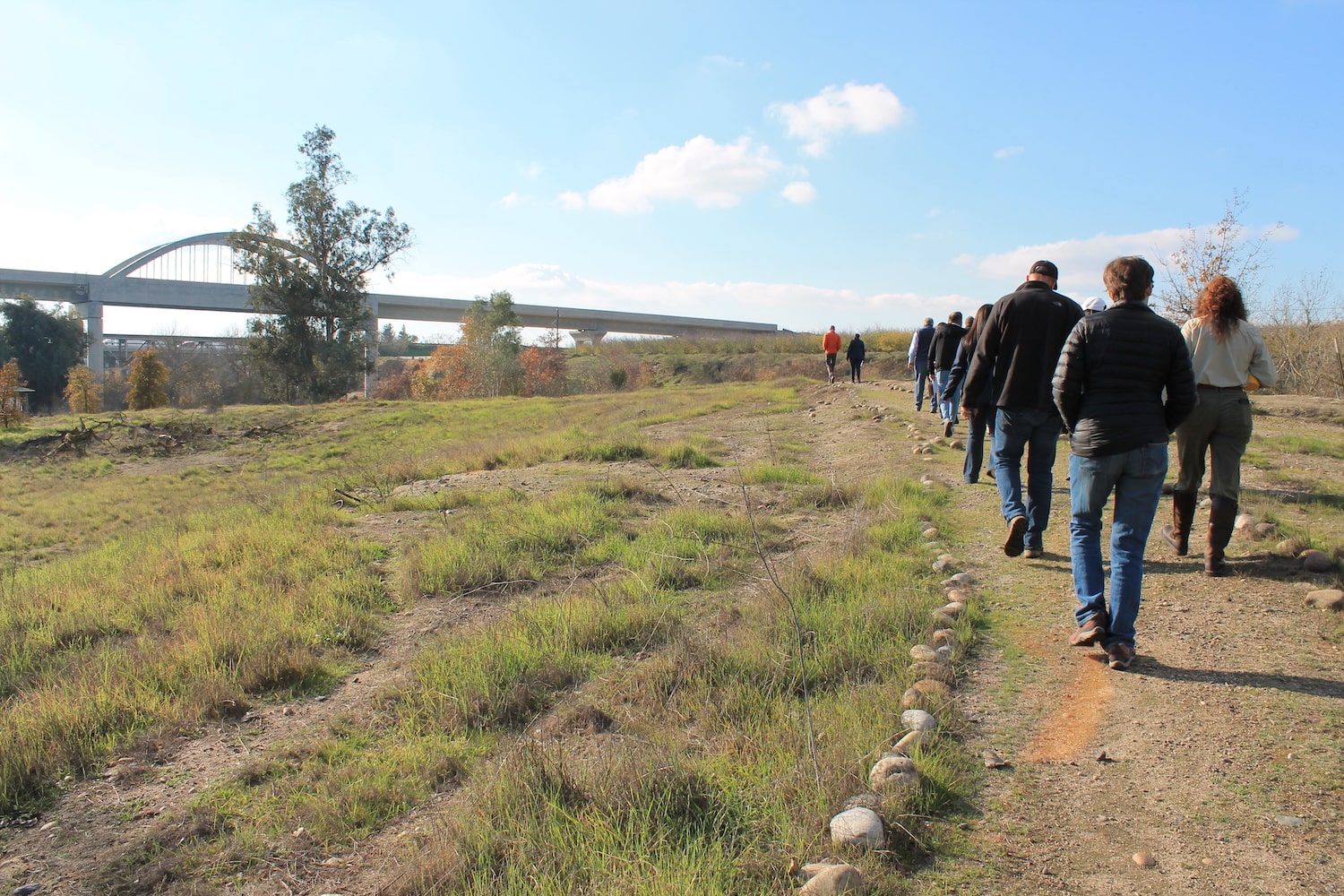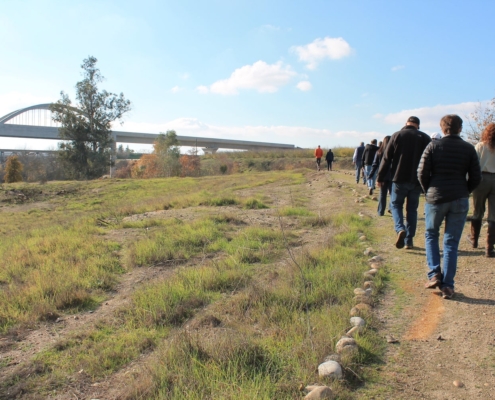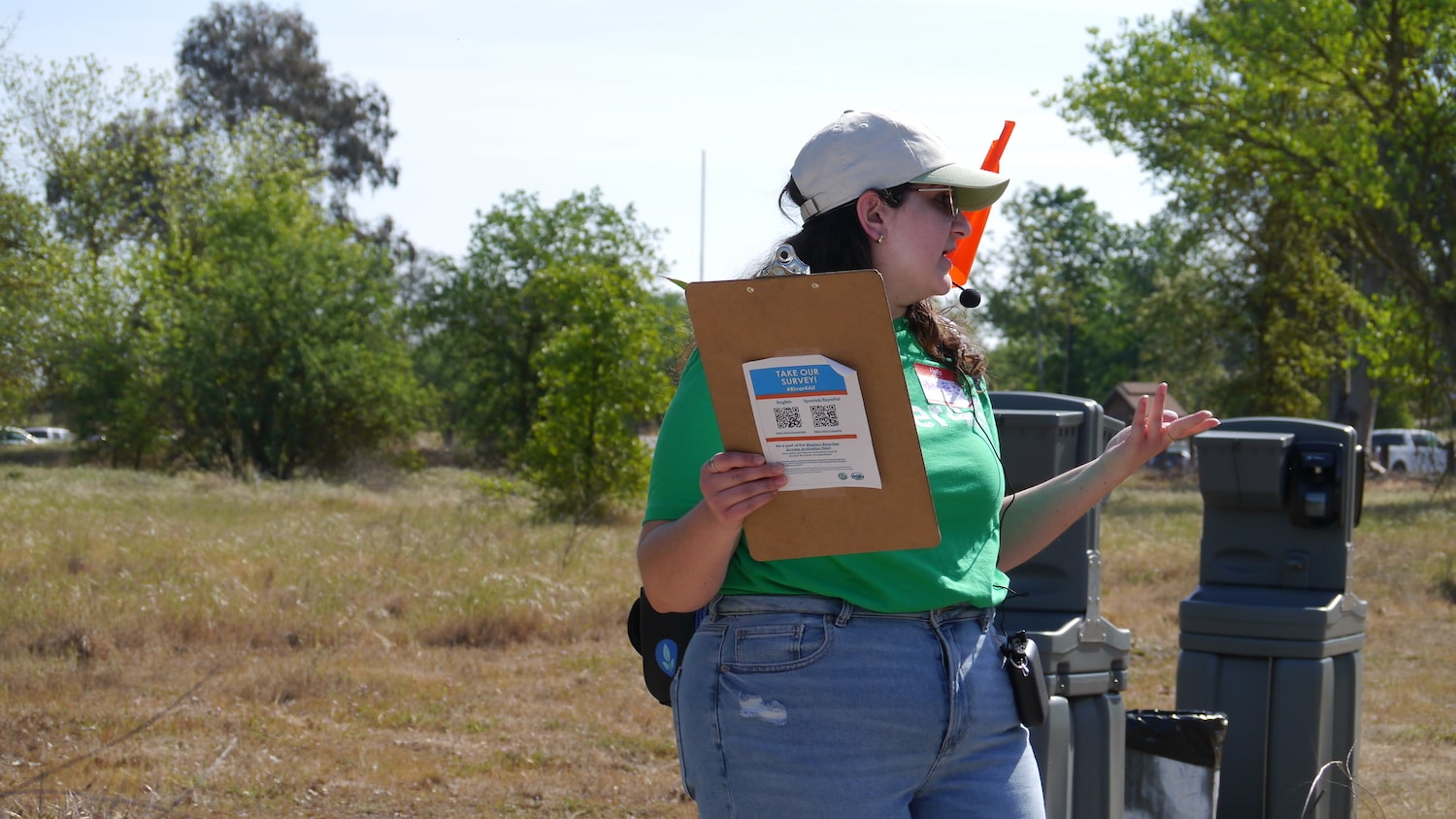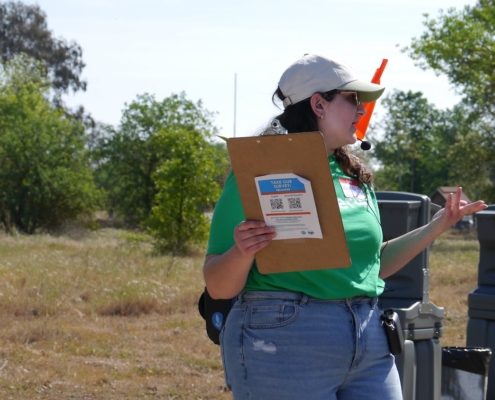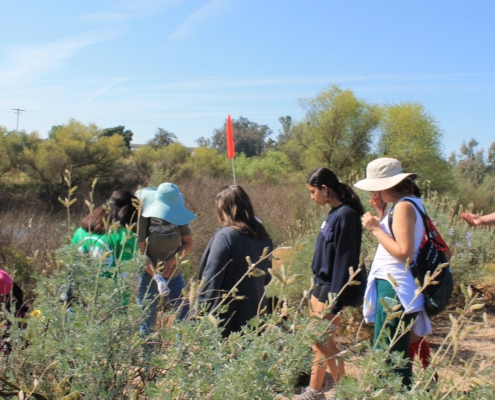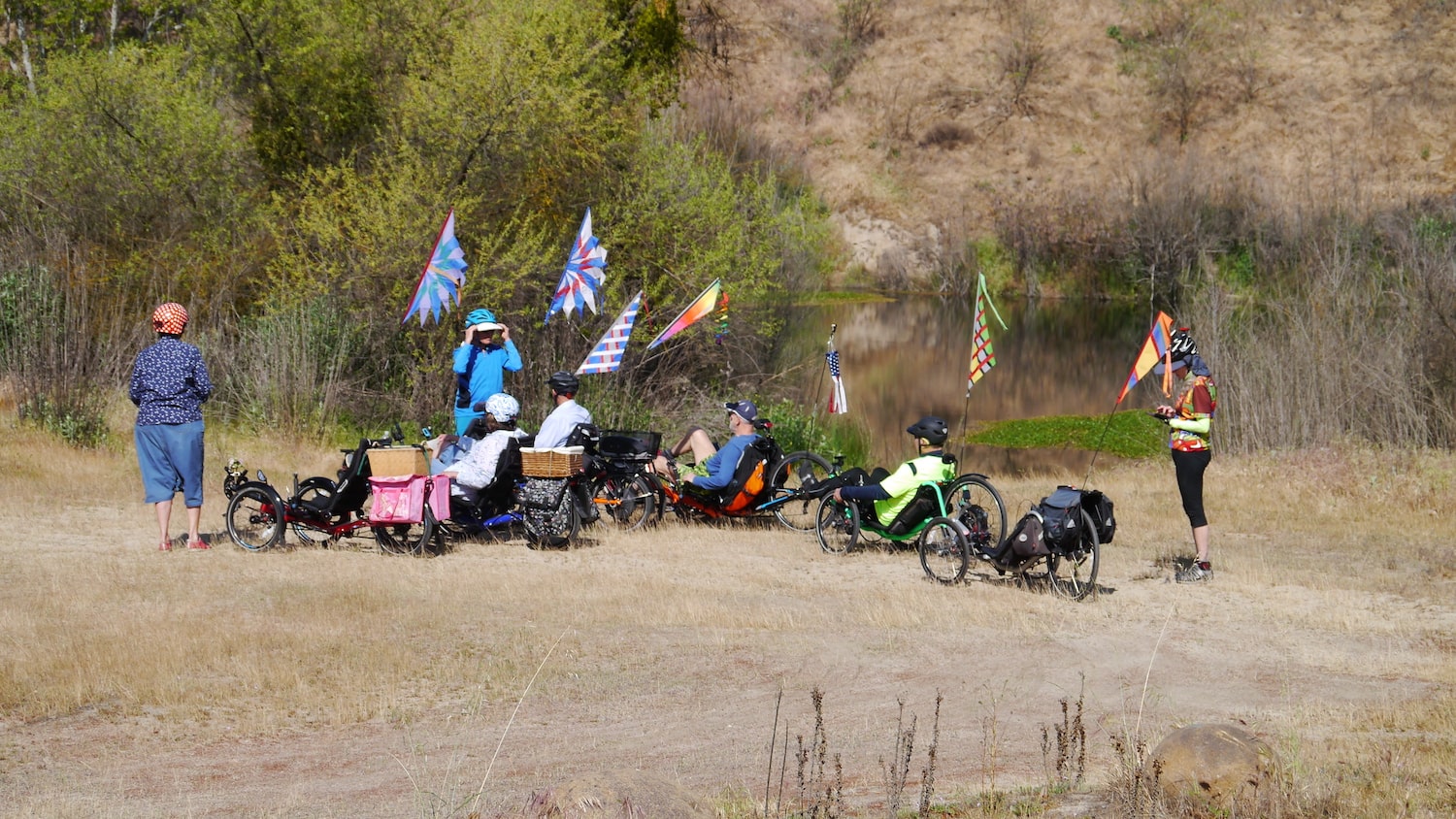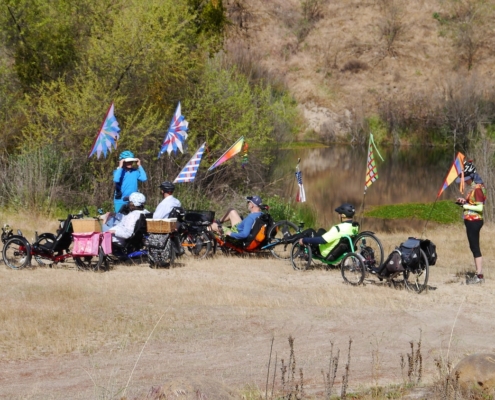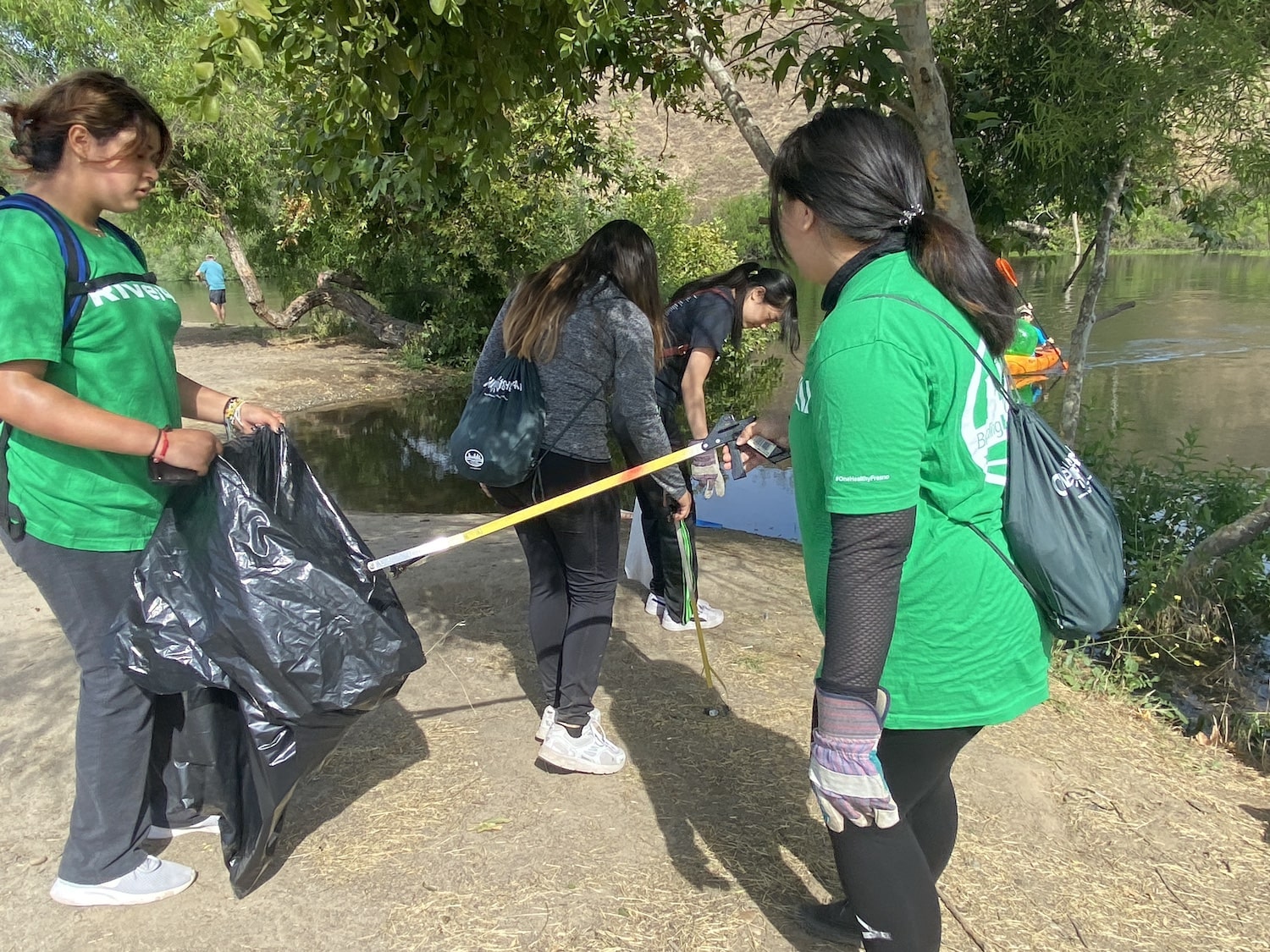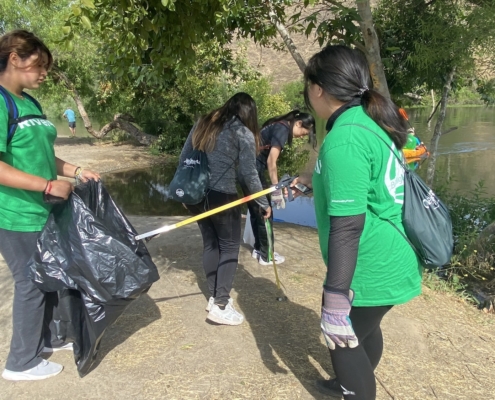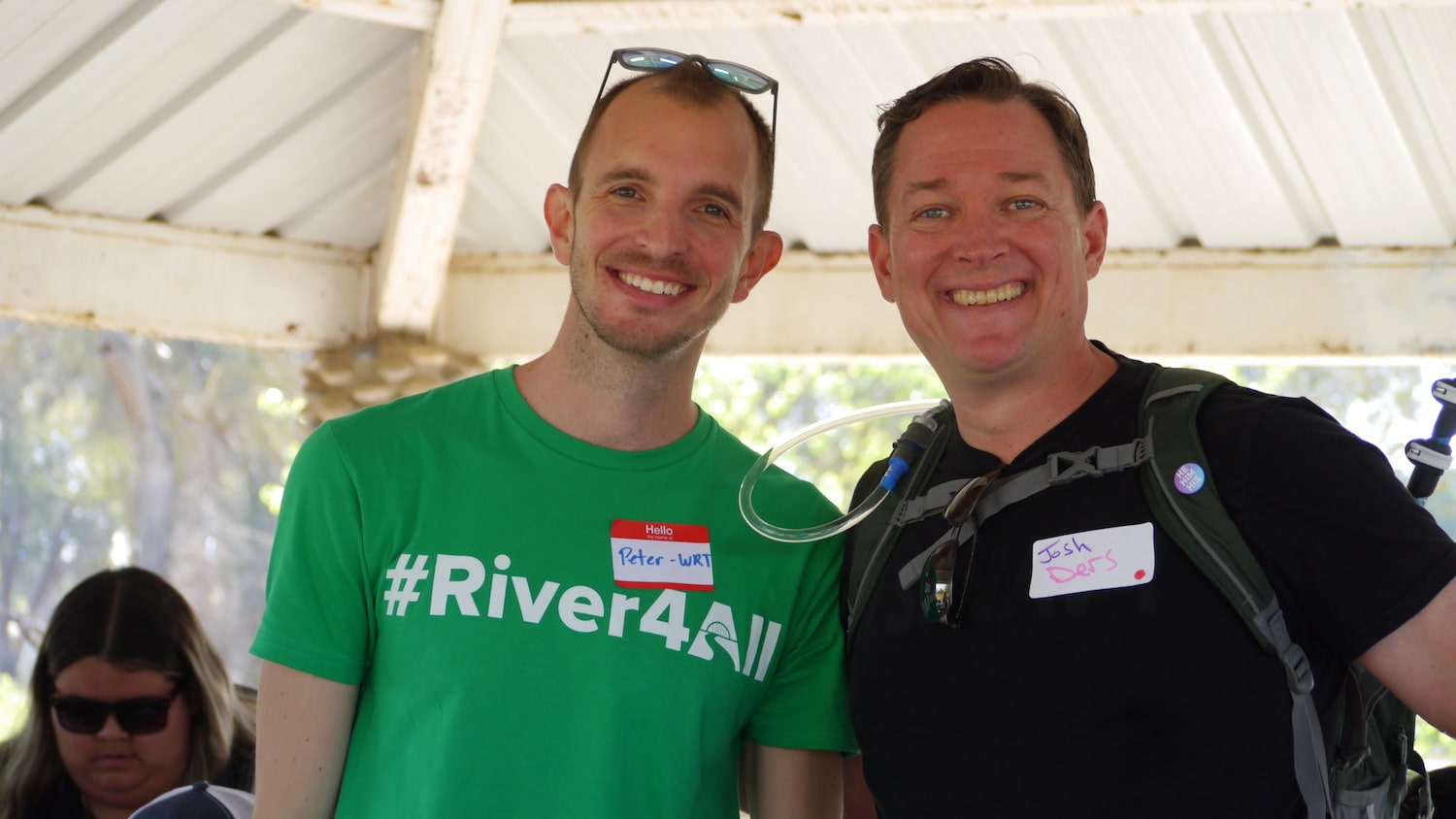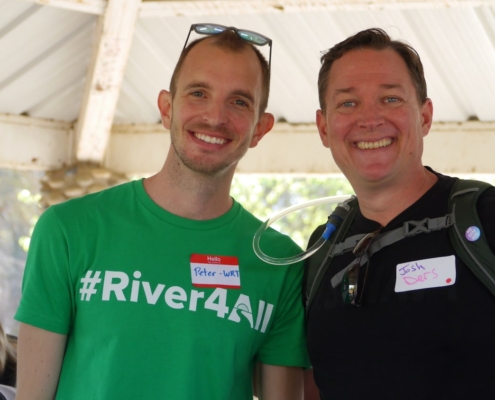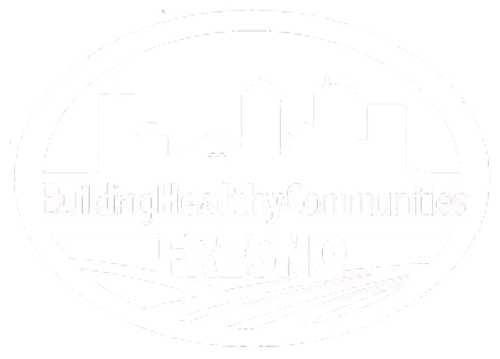The Western Reaches Access Activation Plan builds on decades of community work to implement the San Joaquin River Parkway Master Plan.
The San Joaquin River Parkway is a planned 22-mile regional natural and recreation area primarily in the river’s floodplain extending from Friant Dam to Highway 99, encompassing portions of both Fresno and Madera Counties.
The San Joaquin River Parkway Master Plan envisions:
- a primary multi-use trail from Friant Dam to Highway 99 (22 +/- river miles);
- contiguous and continuous wildlife habitat and movement corridors;
- a regional, multifaceted parkway experience for visitors, consisting of river access, low-impact recreation, and conservation education; and
- functional regional conservation and restoration of habitat, the watershed, and ecosystems.
The Western Reaches Access Activation Plan is bringing people together and engaging people who have never been to the river to create access and recreational opportunities that are welcoming and culturally relevant.
The San Joaquin River Parkway includes public lands and improvements owned by the San Joaquin River Conservancy (Conservancy), City of Fresno, County of Fresno, State Lands Commission, California Department of Fish and Wildlife (CDFW), Wildlife Conservation Board (WCB), and Fresno County Office of Education, and those owned by the nonprofit San Joaquin River Parkway & Conservation Trust (River Parkway Trust).
The San Joaquin River is the second largest watershed in California. It serves the Fresno and Madera region’s agriculture, recreation, and water supply needs. It historically provided for commercial navigation, and now provides for recreational boating. Its waters provide for unsurpassed agricultural production throughout the San Joaquin Valley. It supports important natural ecosystems, and once provided sustenance for numerous indigenous people.
On full build-out the Parkway will include a multi-use trail extending the entire length, an interconnected recreational trail system, habitat conservation areas and a protected wildlife movement corridor, non-motorized boating trail, low impact recreation areas, educational and interpretive programs and features, watershed improvements, and ancillary facilities.
The San Joaquin River Parkway is starting to be known, but we need some help to reach communities that don’t always think of the San Joaquin River as theirs.
